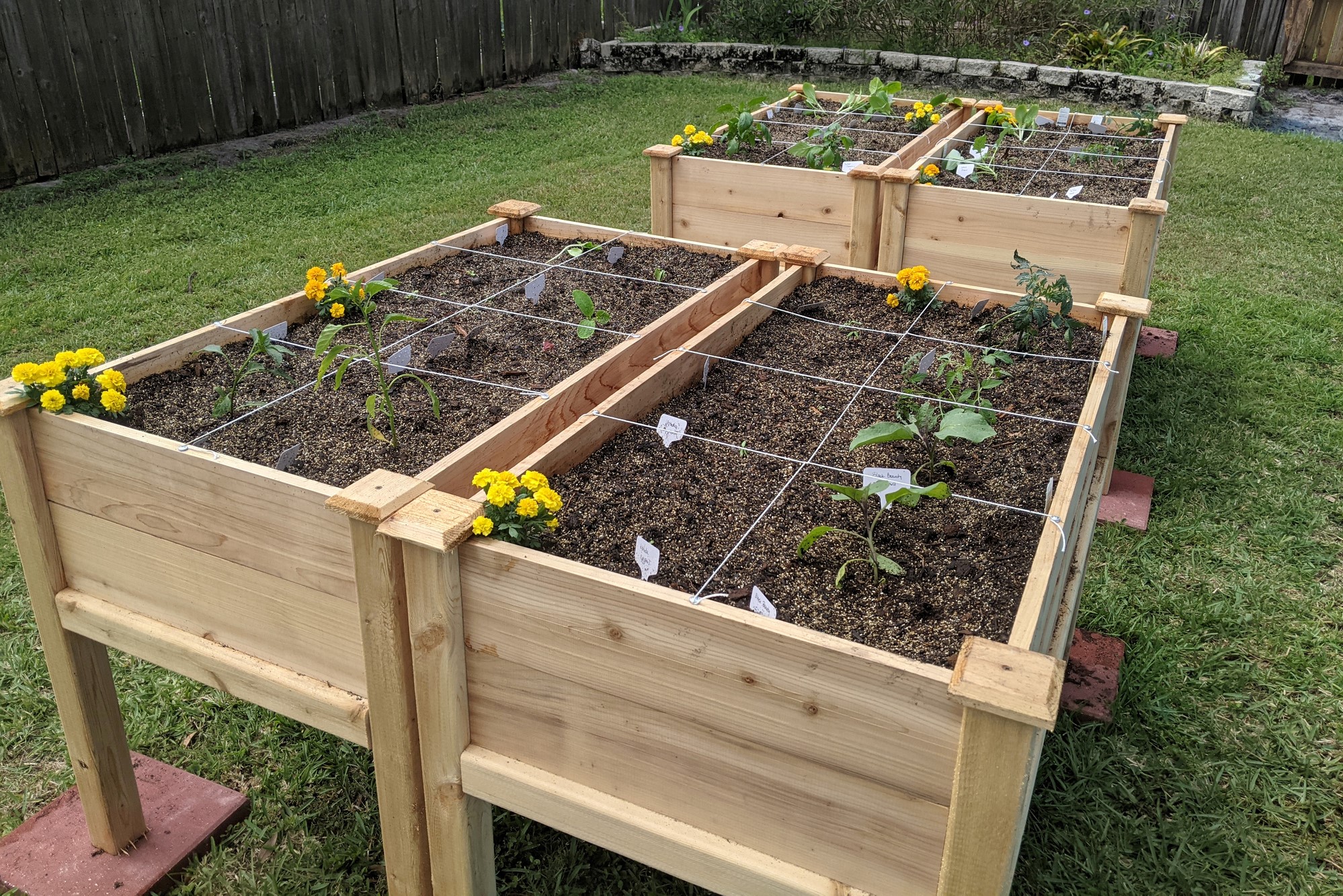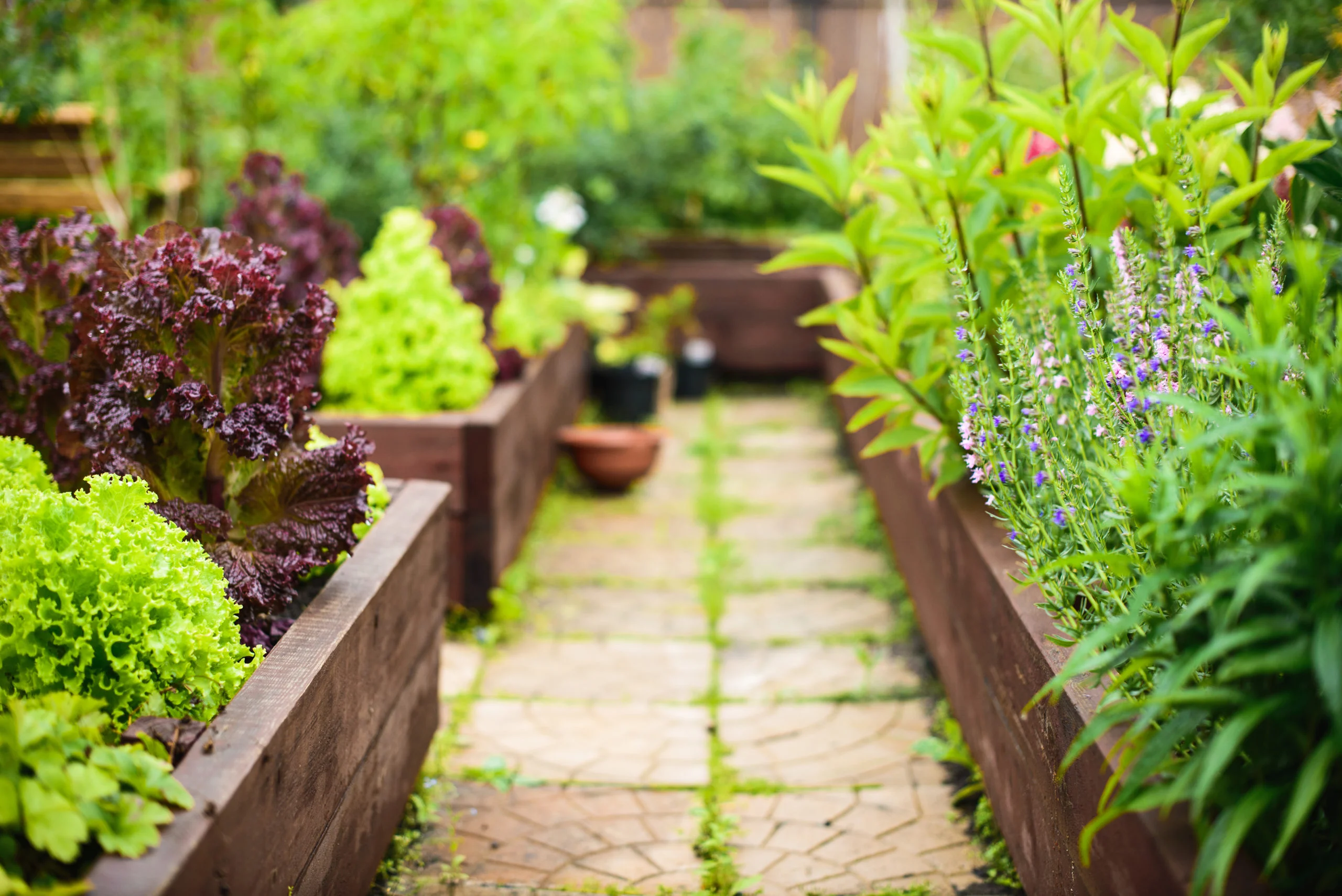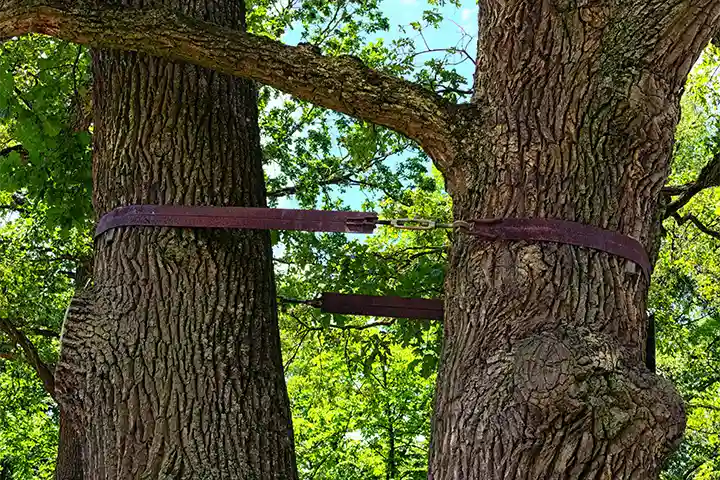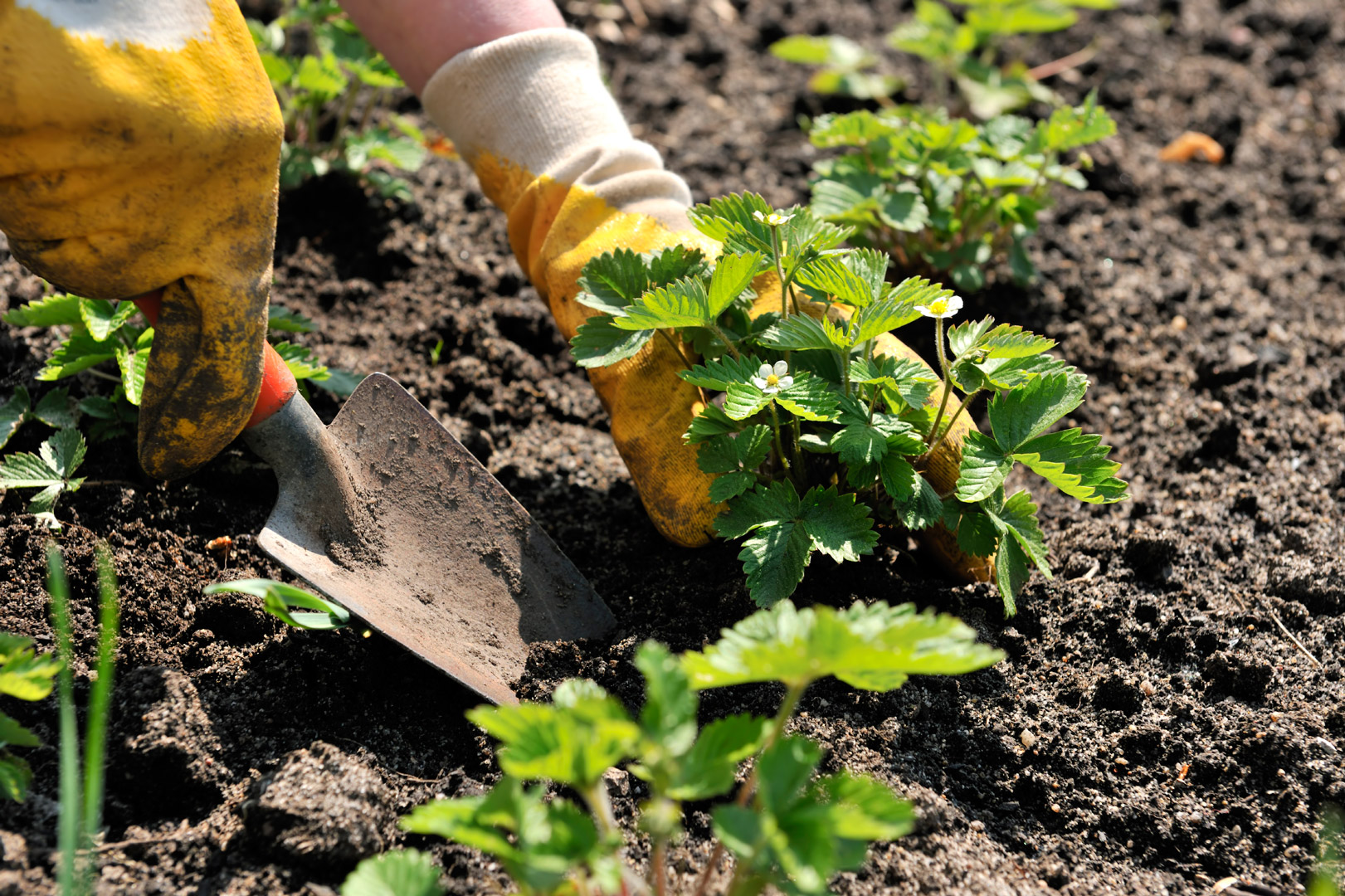Raised bed gardening is now a very popular method of gardening that offers several advantages over traditional in-ground gardening. Raised beds are essentially garden plots that are elevated above the surrounding ground level, usually with a frame made of wood or other materials. The growing medium is placed inside the frame, creating a contained area for planting. In this article, we will discuss the benefits of raised bed gardening, how to build a raised bed, and tips for growing plants in a raised bed.
Benefits of Raised Bed Gardening

There are several benefits of raised bed gardening that make it a favored option for both novice and experienced gardeners. Some of the most significant benefits of raised bed gardening include:
Improved Soil Quality: The soil inside a raised bed can be customized to suit the specific needs of the plants being grown. This means that gardeners can create the ideal growing environment for their plants, resulting in healthier and more abundant yields.
Better Drainage: Raised beds are typically filled with a mix of soil, compost, and other organic materials, which provides excellent drainage. This helps prevent waterlogging and soil compaction, which can be harmful to plant roots.
Weed Control: Raised beds are much easier to weed than traditional garden beds. The contained growing space means that weeds are less likely to invade the garden, and any that do appear can be easily removed.
Pest Control: Raised beds offer better pest control than traditional gardens. The elevated height of the beds makes it more difficult for pests such as slugs and snails to access the plants. Additionally, raised beds can be covered with netting or other protective materials to keep pests out.
Better Accessibility: Raised beds are easier to access than traditional gardens because they are elevated above ground level. This means that gardeners can work at a comfortable height without having to bend over or kneel on the ground.
Building a Raised Bed

Building a raised bed is a relatively simple process that can be completed in just a few hours. Here’s how to build a basic raised bed:
Choose a location: Choose a sunny location with well-draining soil. Avoid areas with low-lying spots or areas that are prone to flooding.
Determine the size: Decide on the size of your raised bed. Common sizes range from 4×4 feet to 4×8 feet, but you can customize the size to fit your needs.
Gather materials: You will need wood, screws, a saw, and a drill to build the frame of the raised bed. You will also need soil, compost, and other organic materials to fill the bed.
Build the frame: Cut the wood to the desired size and assemble the frame using screws and a drill. Make sure the corners are square and the frame is level.
Fill the bed: Fill the bed with a mix of soil, compost, and other organic materials. Smooth the surface of the soil and water it thoroughly.
Growing Plants in a Raised Bed

Once your raised bed is built and filled with soil, it’s time to start planting. Here are some tips for growing plants in a raised bed:
Choose the right plants: Choose plants that are well-suited to the growing conditions in your raised bed. Consider the amount of sunlight the bed receives, the soil type, and the climate.
Space plants properly: Proper spacing is essential in a raised bed garden. Be sure to follow the recommended spacing guidelines for the plants you are growing.
Water regularly: Raised beds require regular watering, especially during hot weather. Water deeply and infrequently to boost deep root growth.
Add fertilizer: Raised bed gardens may require additional fertilizer to support plant growth. Consider adding organic fertilizers such as compost or bone meal.



